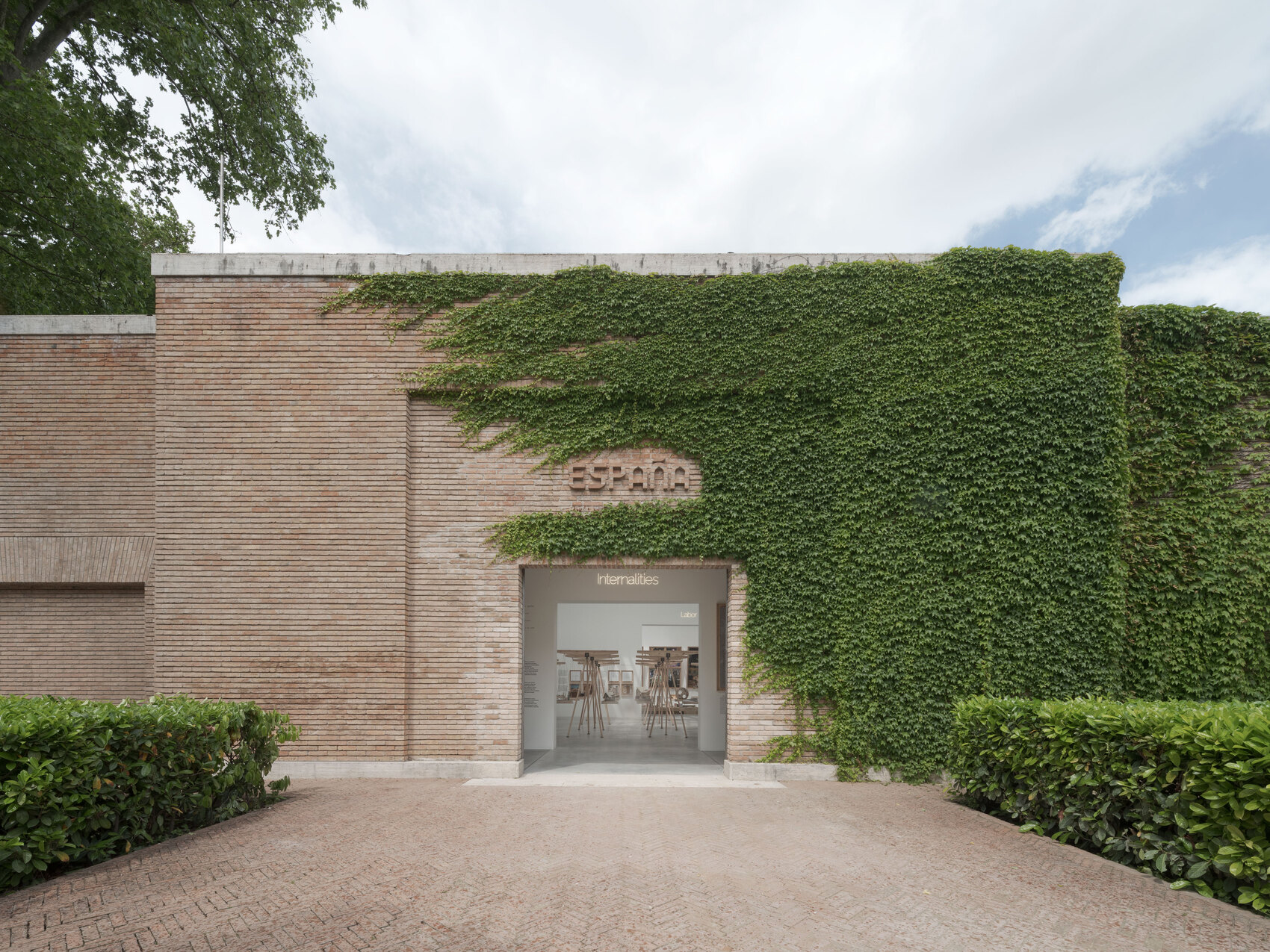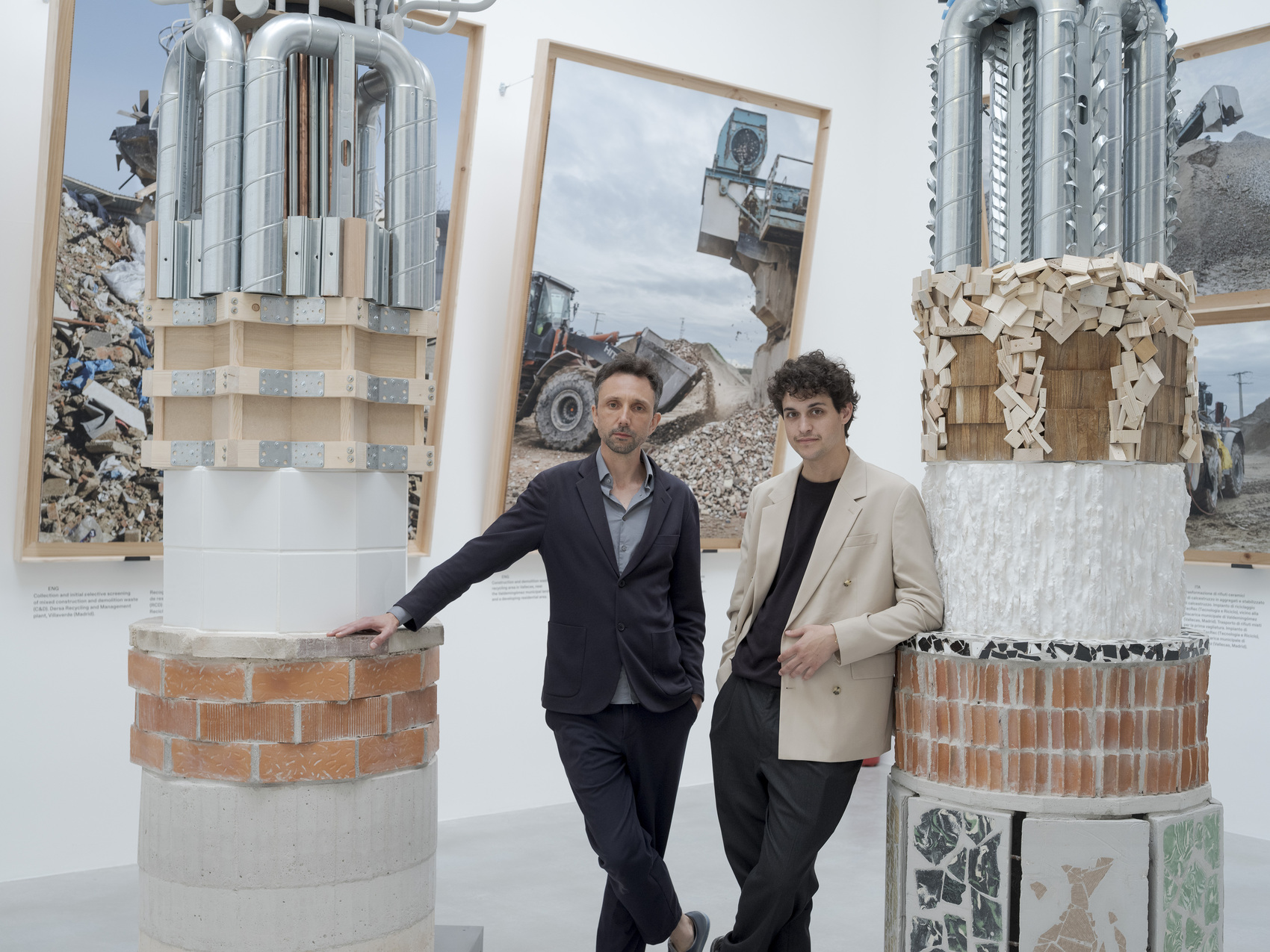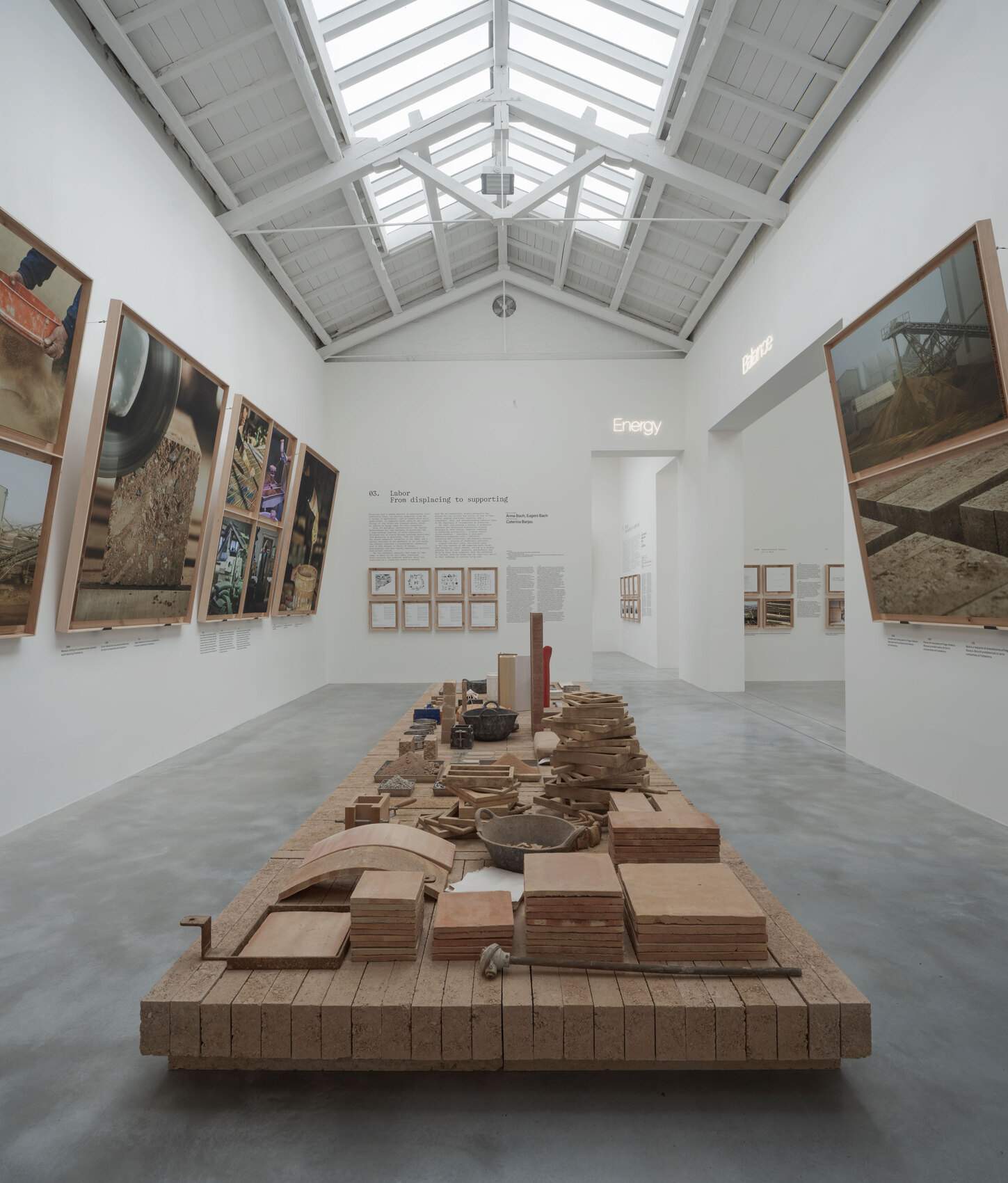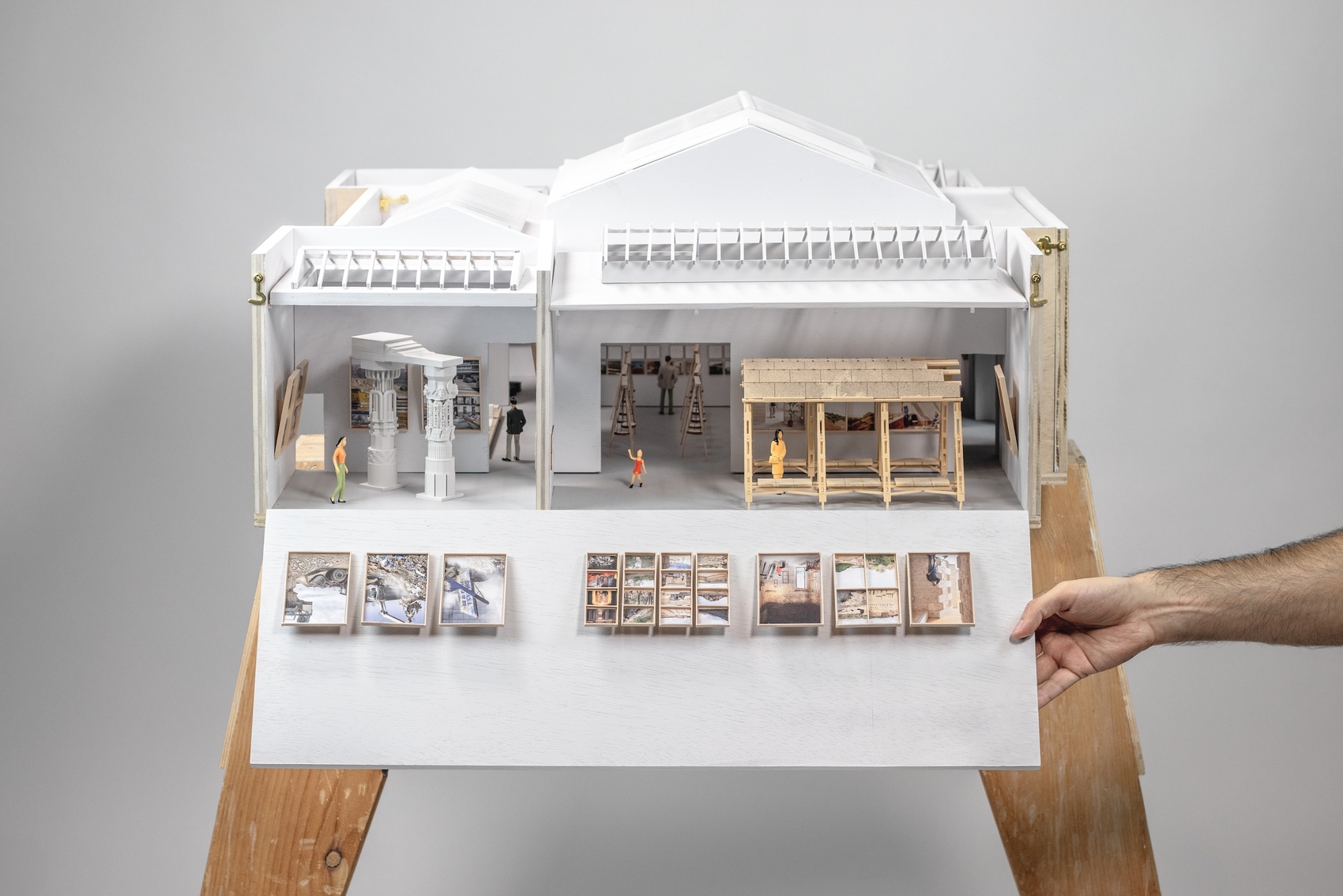Spanish Pavilion at the Venice Architecture Biennale 2025
Paving the way toward the decarbonization of architecture and highlighting the role of the new generation of architects are two key themes of the Spanish Pavilion.

The pavilion, reopened after extensive structural renovations that began in 2024—seventy years after the last remodeling—is hosting the project Internalities: Architectures for Territorial Equilibrium at the Giardini della Biennale until November 23. Curated by architects Roi Salgueiro and Manuel Bouzas, it explores how architecture can minimize the environmental externalities of production processes and contribute to the decarbonization of the sector in Spain. With the invented name Internalities and the subtitle Architectures for Territorial Equilibrium, it proposes a reflection on how to “balance the economies of construction with the ecologies of production.” It starts from the idea that nature produces no waste and regenerates itself within a continuous cycle, and the curators ask the question: “What would happen if architecture followed the same logic?” To this end, it “investigates the use of local, regenerative, and low-carbon materials, as well as the reconnection of this palette of resources to the landscapes from which they originate.”

According to Iñaqui Carnicero, Secretary General of Urban Agenda, Housing, and Architecture: “This project, which we can now see at the Spanish Pavilion at the Venice Biennale, highlights how architecture can contribute to the decarbonization of a country while acting as an engine of economic development, driving the revival of local economies.”

In the words of the project’s authors, Roi Salgueiro and Manuel Bouzas: “Internalities analyzes how, to what extent, at what cost, and through which buildings, cities, and territories Spanish architecture is leaving behind the economies of externalization.” The content and curation are by Miguel Ángel Delgado, Eva Villaver, Blanca de la Torre, and Cristina Arribas, and it also highlights the role of new generations of architects in balancing economics and ecology.

For architect Javier Peña, director of architecture festivals such as Tac! and Concéntrico, the work of these emerging professionals “is characterized by the use of local, regenerative, and low-carbon resources. Collectively, they contribute to a deeper understanding of the regional ecologies of materials such as wood, stone, and earth, as well as the forests, quarries, and soils from which they originate. Their works thus generate new territorial balances: agreements between ecologies and economies.”
Written by: Beatriz Fabián
Beatriz is a journalist specializing in offline and online editorial content on design, architecture, interior design, art, gastronomy, and lifestyle.